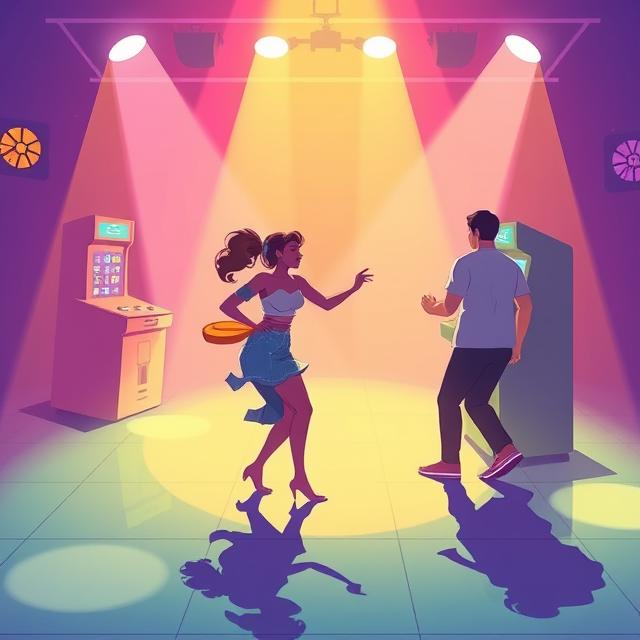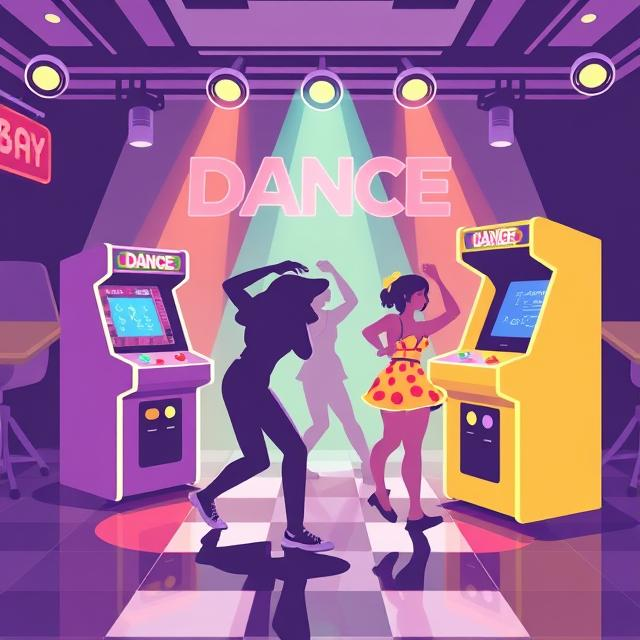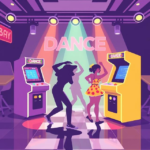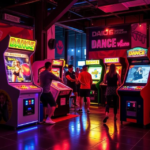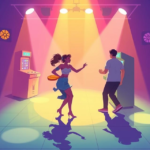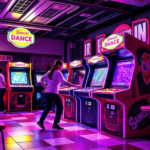Dance arcade games like Dance Dance Revolution and Just Dance have had a significant influence on social interaction, both in arcades and at home. These games have become more than just a solo activity—they foster an environment where friends and family can come together to have fun, compete, and bond.
One of the primary ways these games promote social interaction is through multiplayer modes. In arcades, games like DDR encourage players to compete against each other on side-by-side machines, creating a sense of community and friendly competition. These interactions often lead to cheering, laughing, and celebrating, fostering a positive social atmosphere. Similarly, Just Dance allows players to join forces, either by dancing together or competing for the highest score, which adds an element of teamwork and camaraderie.
At home, both Dance Dance Revolution and Just Dance have transcended traditional gaming by providing an interactive and socially engaging experience. Families and groups of friends gather around the game console to play together, often creating a festive, party-like atmosphere. This communal aspect of dance games encourages players to interact in real life, fostering meaningful connections and strengthening relationships. In addition, the accessibility of Just Dance and DDR, with their easy-to-follow dance moves and varying difficulty levels, makes them appealing to a wide range of ages and skill levels, from children to older adults.
The social element of dance arcade games has also been enhanced through the rise of online multiplayer features, especially with Just Dance. Players can compete or collaborate with others worldwide, further connecting people with a shared love of music and dancing. These global interactions create a sense of belonging in a larger, online dance community.
